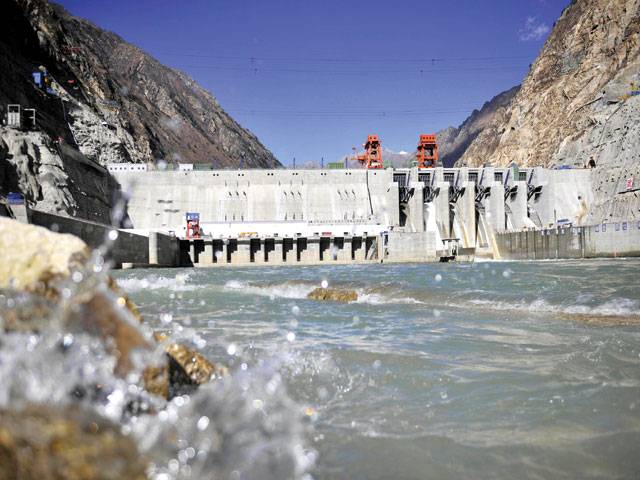BEIJING - China has begun generating electricity from Tibet’s biggest ever hydropower project, state-run media reported, the latest dam development on Himalayan rivers that has prompted concern in neighbouring India. The first generating unit of the 9.6 billion yuan ($1.6 billion) Zangmu Hydropower Station, which stands more than 3,300 metres above sea level, went into operation on Sunday, China’s official Xinhua news agency said.
The dam on the Yarlung Zangbo river - known as the Brahmaputra in India, where it is a major waterway - will be 116 metres (381 feet) high when completed next year, according to reports. It will have a total generating capacity of 510,000 kilowatts, Xinhua said, making it the largest dam ever built on the Tibetan plateau. “The hydropower station will solve Tibet’s power shortage, especially in the winter,” Xinhua quoted an official from the Tibet Electric Power Co. as saying.
India has previously expressed concern about damming the Brahmaputra, one of the largest Himalayan rivers and a lifeline to some of India’s remote, farm-dependent northeastern states.
India’s foreign ministry last year urged China “to ensure that the interests of downstream states are not harmed by any activities in upstream areas” of the river, after state media reports that China planned several more dams there.
Foreign ministry spokesman Syed Akbaruddin said Monday that New Delhi had been aware the dam was “coming up”. “The Chinese have told us that it should no implication for us,” he said.
Chinese dam construction has been blamed for reduced flow and sudden flooding on the Mekong river which flows into Southeast Asia, claims Beijing has denied.
Chinese foreign ministry spokeswoman Hua Chunying told reporters, “the hydropower stations China builds will not affect the flood prevention and ecological system of downstream areas.”
Chinese media showed photographs of the Tibetan dam - a large concrete structure that did not appear to have flooded an area significantly wider than the river’s original span.
Friday, April 19, 2024
China’s Tibetan mega-dam begins operation

Moot notes diabetes, blood pressure on the rise among youth
April 19, 2024
Academicians at moot give insights on global education
April 19, 2024
DIG Operations re-assigns police officers in Islamabad
April 19, 2024
ANF recovers 60kg drugs in 6 operations
April 19, 2024
Accused in child abuse case shot dead by accomplice
April 19, 2024
Hepatitis Challenge
April 18, 2024
IMF Predictions
April 18, 2024
Wheat War
April 18, 2024
Rail Revival
April 17, 2024
Addressing Climate Change
April 17, 2024
Justice denied
April 18, 2024
AI dilemmas unveiled
April 18, 2024
Tax tangle
April 18, 2024
Workforce inequality
April 17, 2024
New partnerships
April 17, 2024
ePaper - Nawaiwaqt
Advertisement
Nawaiwaqt Group | Copyright © 2024





